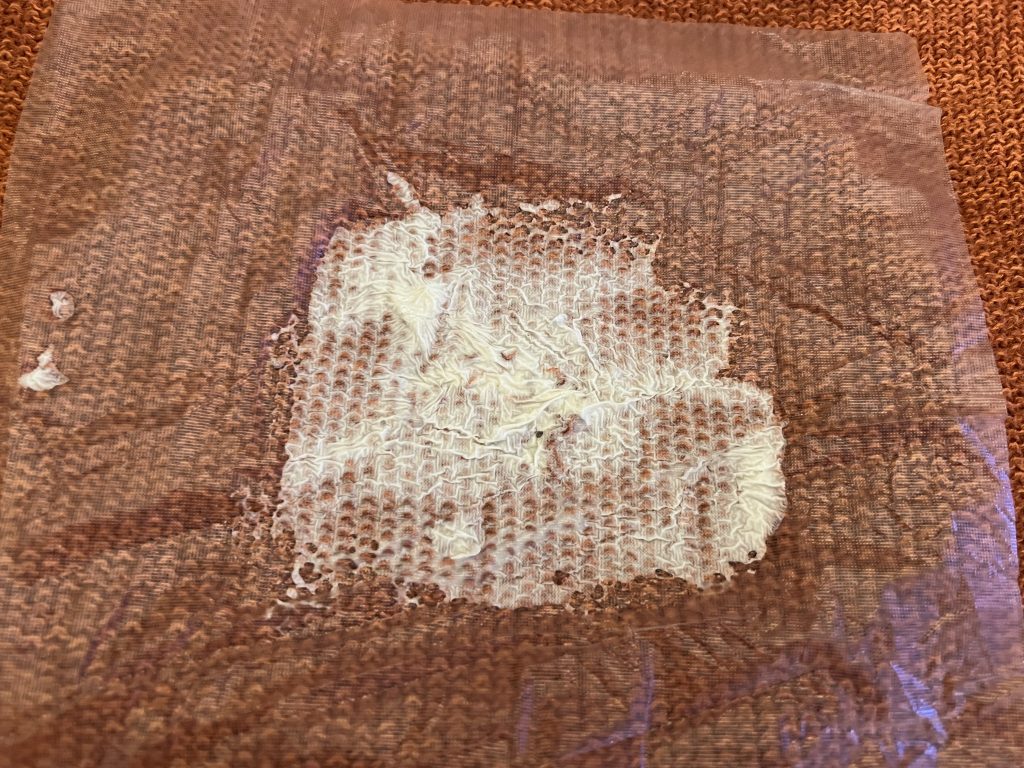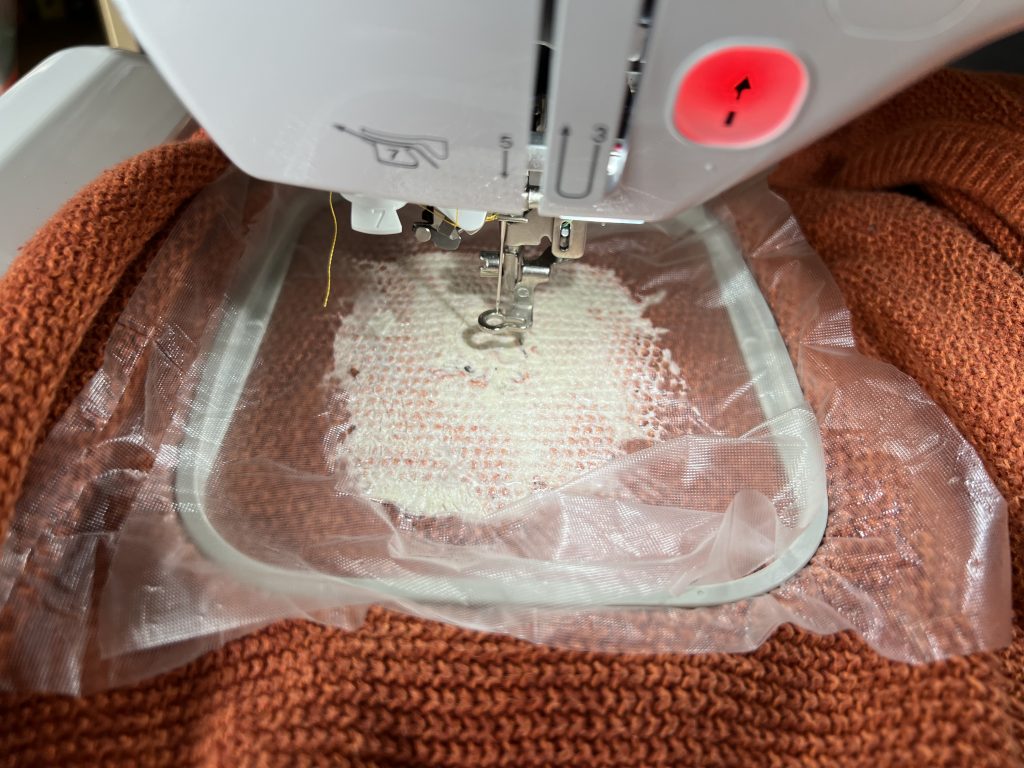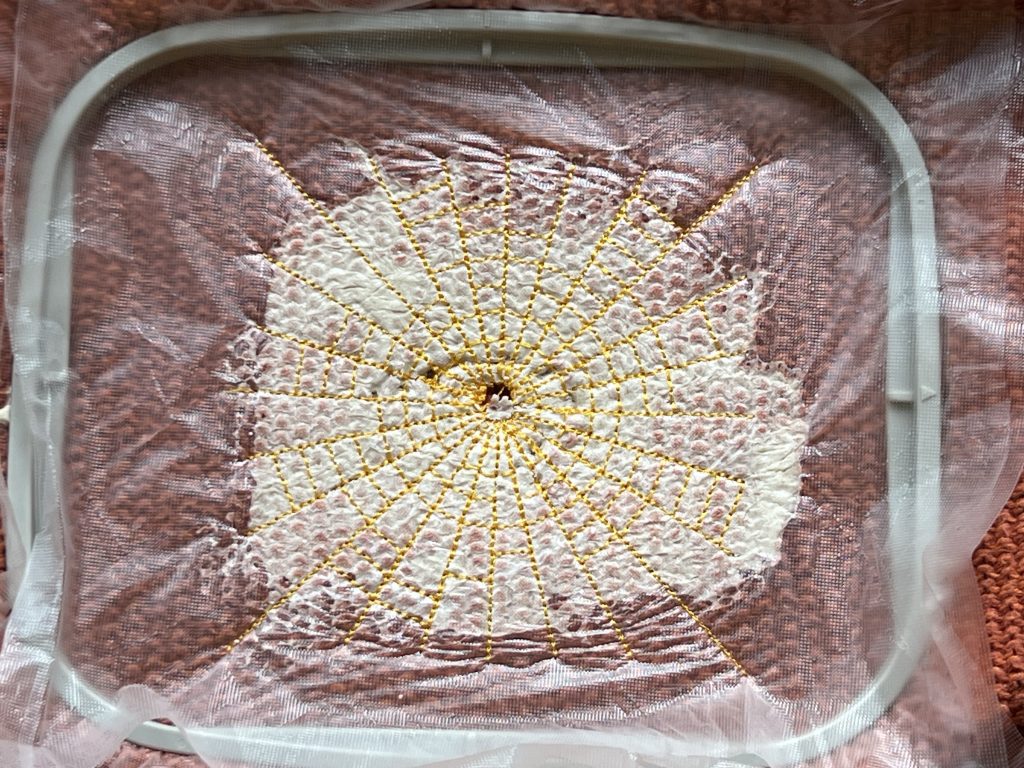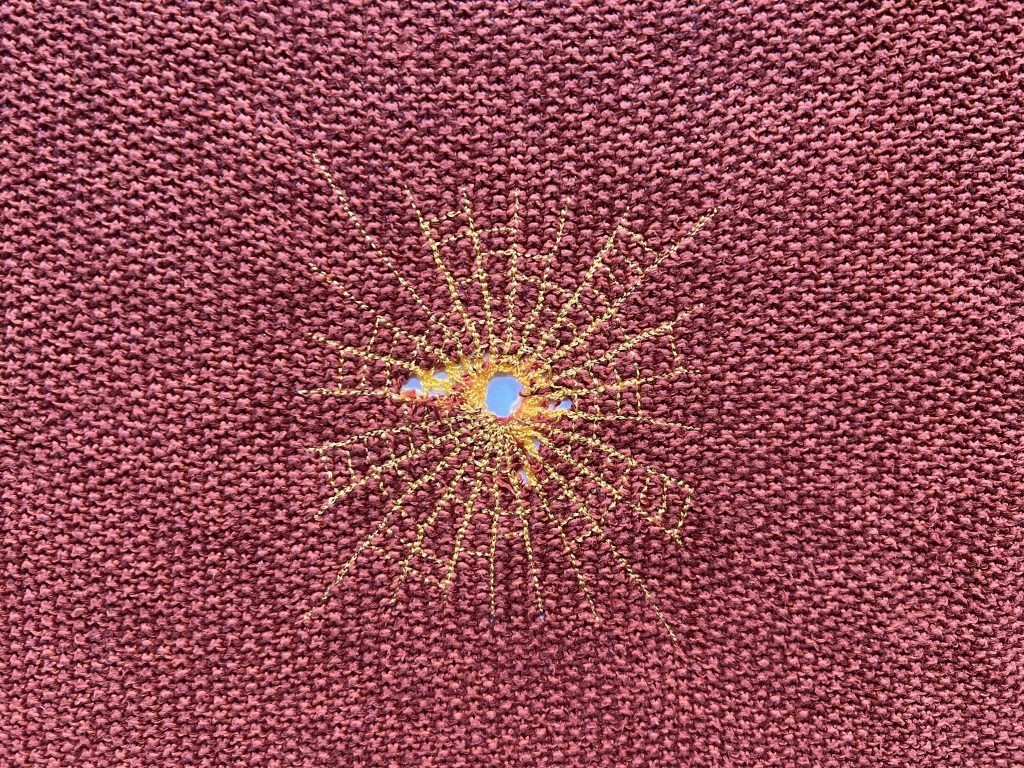No, this not a term of endearment for my son Sasha, not another Russian diminutive of the name Alexander – here are those:
- Alexander– used at work, in official circumstances, or by people he doesn’t know
- Sasha – used by his friends and family. An alternative diminutive is Shura
- Sashenka – used as a form of affection by members of his family
- Sashulya – used very affectionately, probably by his girlfriend
- Sashka – used very informally by family and friends, but is impolite if used by a stranger
No, this is Sashiko, a four hundred year old Japanese cultural concept, of a craft that revives old clothes or makes them stronger and warmer.
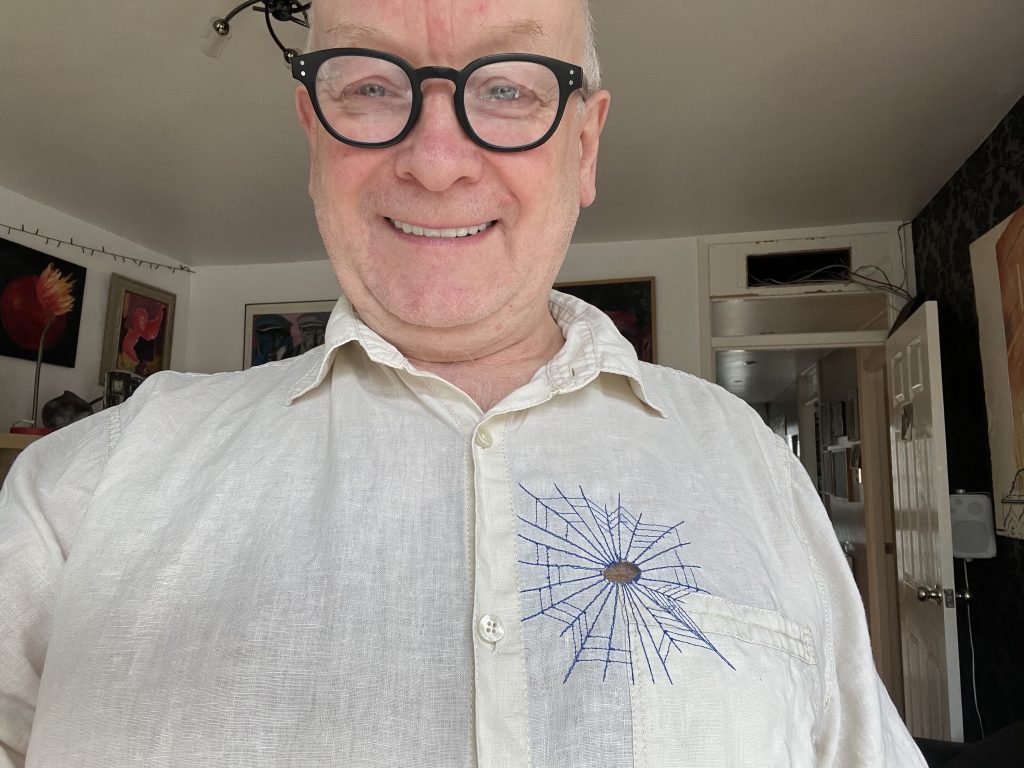
I have this old cotton shirt. The fabric is thin and worn and torn slightly near the breast pocket. I wanted to repair it based on the values and ideas of the Japanese craft of Sashiko.
I made a digital embroidery design, rather like a spider’s web, by writing a program using Turtlestitch, hoping it would strengthen the fabric and prevent the tear from spreading. So far so good – you can see the results in the photograph above – the hole was made bigger by the process, but I think more secure – we’ll see!
I also have a knitted cotton jersey, which I had torn lying down in a plane and catching it in the seat frame, doh!
The fabric is much stretchier, and with the experience of the first repair enlarging the hole, I thought I would try to stabilise the fabric on both sides with washable backing.
To further improve the stability, I chose to make some flour and water glue (with again the intent to wash it away afterwards) and stuck the jersey to the backing before mounting it in the embroidery frame:
I had to wait overnight for the glue to fully dry and then the fun began:
The result should stop the jersey from unravelling, but either way I am pleased with the process and the outcome!
I was unsettled by the amount of trigonometry and list processing I had to use in my first spider web solution, so spent some time while waiting for the glue to dry making a simpler program for the jersey spider’s web, that relied on Turtle Geometry only.
This confinement to Turtle Geometry – move and turn commands from the perspective of an imaginary turtle-like robot – means that when trying to fix or improve the program, one has recourse to bodily movement (imagined or real) to figure out what the program is doing. Seymour Papert, one of the inventors of Logo, on which Turtlestitch is based, called this ‘body-syntonic’.
This has been a focus for my inquiry over several years and I have blogged before about it:


